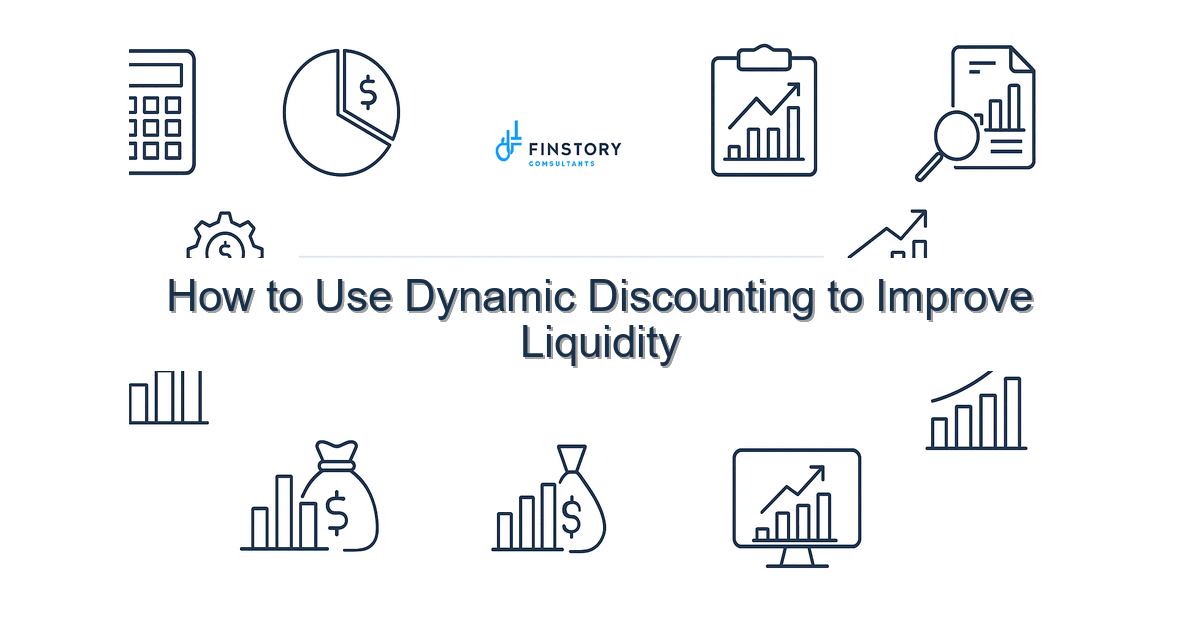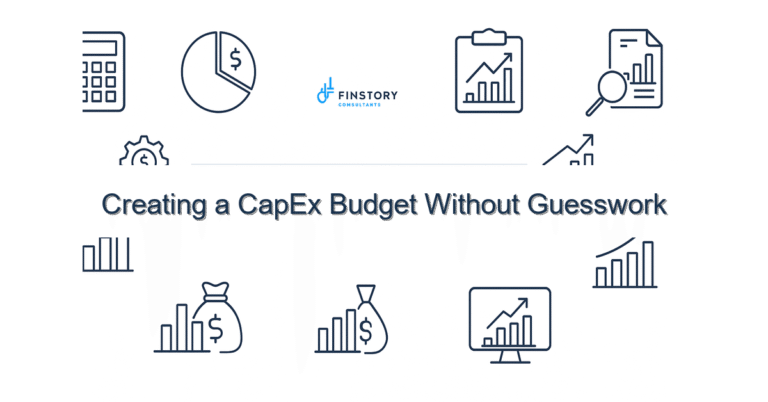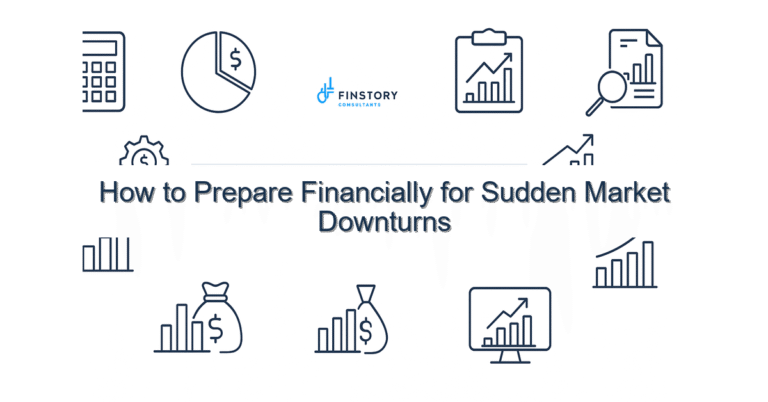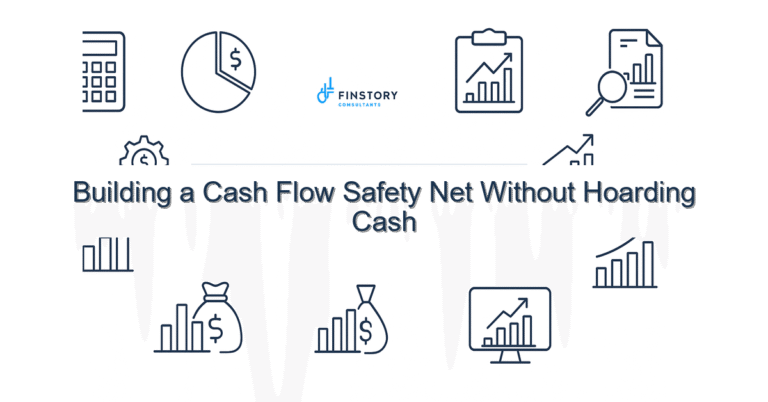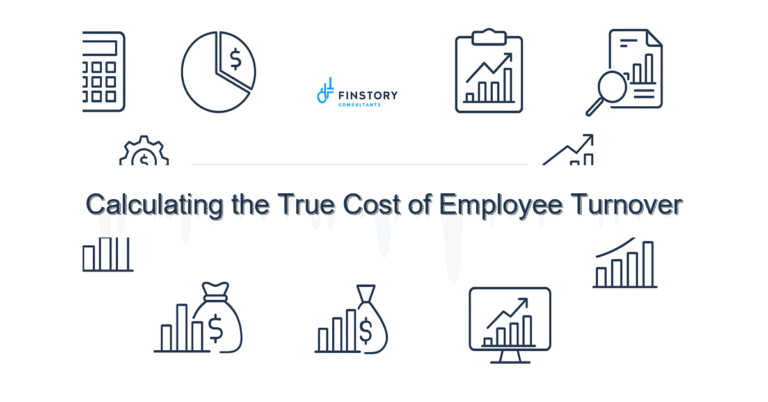How to Use Dynamic Discounting to Improve Liquidity
Cash is life in healthcare. Yet many hospitals and clinics sit on idle opportunities—payables that could be converted into liquidity without harming supplier relationships. Dynamic discounting is a pragmatic lever to pull.
Summary: Implementing dynamic discounting gives you a predictable way to reduce outflow, accelerate cash conversion, and strengthen supplier partnerships—delivered through clear rules, automation, and leadership reporting so your treasury and operations win together.
What’s the real problem?
Most healthcare finance teams know their cash position moment-to-moment. But they struggle to use payables strategically. Payments either sit until due, or teams chase ad-hoc early-pay options that are manual and inconsistent.
- Unpredictable cash runway because payables aren’t managed as a liquidity tool.
- Lost opportunity cost: small discounts add up but are missed due to slow approvals.
- Supplier friction when early payments are offered inconsistently.
- Manual processes: spreadsheets, email approvals, and delayed posting.
What leaders get wrong
Good intentions, poor execution. Leaders often assume dynamic discounting is either too complex or a supplier-negotiation war. They make three common mistakes:
- They treat discounts as one-off negotiations instead of programmatic incentives tied to cash flow.
- They centralize approvals so tightly that every small discount request stalls for days.
- They ignore the supplier experience—making offers that bump small vendors off platform or create confusion in their receivables.
A better approach
Think of dynamic discounting as a simple rule engine: set thresholds, automate offers, measure results. Here’s a compact framework to get you from pilot to scale.
- Define objectives: decide whether the priority is free cash flow, margin improvement, or supplier stability.
- Segment suppliers: focus first on low-risk, high-volume vendors where a 1–2% discount yields big savings.
- Set clear rules: pre-authorize discount bands by invoice size, vendor tier, and available cash.
- Automate the offer: connect AP systems to a dynamic discount engine that sends offers and reconciles payments.
- Measure and iterate: track realized savings, supplier acceptance, and cash conversion to refine thresholds.
Real-world example: A midsize acute-care network piloted a 1% discount for payments made within 10 days on $20M annual supply spend. Acceptance hit 35% among high-volume lab suppliers, improving free cash by $70k in the first quarter and reducing AP cycle time by 18%.
Quick implementation checklist
Try these steps this week to get momentum:
- Run a 12-month spend analysis to identify top 50 suppliers by spend and frequency.
- Model savings scenarios at 0.5%, 1%, and 2% early-pay discounts.
- Pick 5 pilot suppliers (mix of strategic and transactional) and get verbal buy-in from procurement.
- Create 2–3 discount rules (invoice size bands, early-pay windows) and document them.
- Enable a straight-through payment path for accepted offers (bank feed/AP integration).
- Set up a simple dashboard in Power BI that shows offers sent, acceptance rate, and cash saved.
- Define approval delegation so routine discounts don’t require finance head sign-off.
- Communicate the pilot to suppliers with a one-page FAQ and a named contact.
What success looks like
- Improved liquidity: Available cash increases by a measurable percentage—e.g., 2–5% boost in operating cash over 6 months.
- Cost savings: Realized discounts equal a predictable ROI—many programs target 10x the implementation cost within a year.
- AP efficiency: Invoice-to-pay cycle time cut by 15–25% through automation and fewer exceptions.
- Accuracy: Less than 2% reconciliation errors when payment and discounting are automated.
- Supplier satisfaction: Net promoter score for suppliers improves as offers become consistent and transparent.
Risks & how to manage them
- Supplier pushback: Some vendors may view discounts as pressure. Manage by starting with transactional suppliers and framing the offer as optional, fast cash.
- Cash timing mismatch: Accepting discounts when cash is constrained hurts other priorities. Mitigate by linking offers to a rolling cash forecast and setting hard caps.
- Operational errors: Manual posting errors erode savings. Reduce risk with straight-through payments, bank reconciliation automation, and small pilots before scaling.
Tools & data
You don’t need a complete ERP rip-and-replace. Combine what you have with targeted automation:
- Use finance automation platforms to manage offers, approvals, and payments.
- Feed visible metrics into Power BI or your BI tool so leadership sees cash impact daily.
- Integrate with AP and procurement workflows so supplier onboarding and invoice matching happen once.
- Report routinely to CFO/FP&A and operations leaders to keep the strategy aligned with staffing and supply chain priorities.
Next steps
If you’re ready to pilot dynamic discounting, start small and measure fast. Pick a $1–3M slice of spend, set simple discount rules, and run a 90-day test with automated offers and dashboarding. Show the board the cash uplift and supplier metrics before expanding.
If you want help designing the pilot, building the rules engine, or standing up the dashboards, contact Finstory. We work with healthcare finance teams to create pragmatic programs that protect suppliers and unlock liquidity.
Work with Finstory. If you want this done right—tailored to your operations—we’ll map the process, stand up the dashboards, and train your team. Let’s talk about your goals.
📞 Ready to take the next step?
Book a 20-min call with our experts and see how we can help your team move faster.
Prefer email or phone? Write to info@finstory.net
or call +91 44-45811170.
